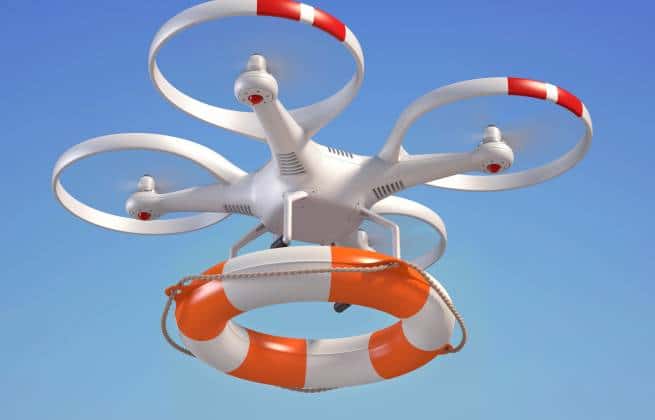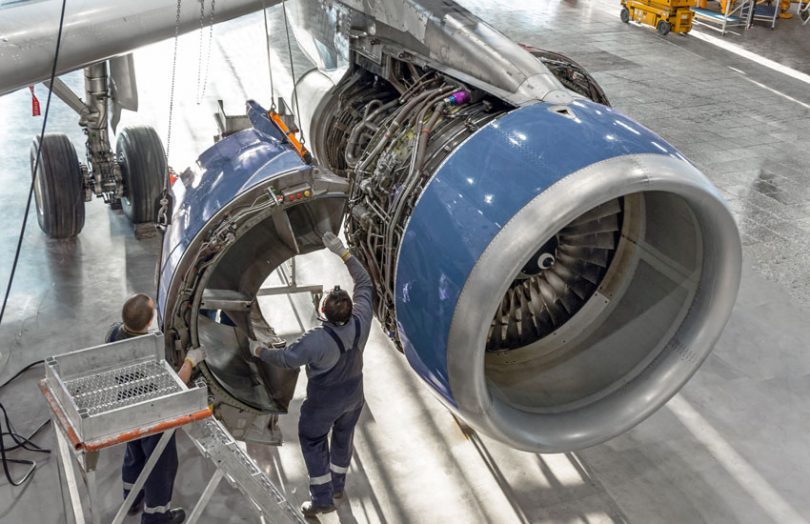As unmanned aerial vehicle (UAV) manufacturers begin to take on the business of building a better world, drone applications ranging from vital organ delivery to ocean lifeguarding have been finding their way into the news. According to a recent Mayo Clinic Blog post, life-saving drone development, in particular, is picking up speed in the U.S., as the nation’s Federal Aviation Administration (FAA) plans to ease its restrictions on UAVs in the national airspace sometime in 2015.
A Discovery.com article earlier in April reported that lifeguard drone technology is growing with leaps and bounds, presenting newly developed rescue drones capable of responding to a drowning victim seven times faster than can a human being. Current rescue drone projects center around bolstering the effectiveness of lifeguard teams on public beaches by equipping them with remote-controlled UAVs. The bright red drones fly out and drop floatation devices to struggling swimmers in record time. Each is equipped with a live-feed camera that transmits to lifeguards standing by on the shoreline. The drones’ brightly colored exteriors serve as beacons to lifeguards on their way out, and the drones are even fitted with loudspeakers to provide calm instructions to panicked swimmers.
UAV manufacturers know that, by virtue of its function, this complex technology is exceedingly vulnerable to elements exceedingly simple—sand and salt. Every beachgoer is familiar with sand’s insidious ability to find its way into the nooks and crannies of vehicles, scratching upholstery, grinding down carpeting, and damaging electronics with merciless efficiency. And the corrosive effects of salt are death to electronics. When you consider the intricacy of life-saving drone technology, the idea of using and housing these devices on sandy, salty beaches is almost unthinkable—but it has to be done. That’s where the accompanying technology of drone protection can save the day.
Tim Jennings said, “Protecting these UAVs from damage will take on a whole new level of importance. A well-protected drone is a drone that is in working order when the need arises. Along the chain of life-saving efforts, any delay or slip up could mean the difference between life and death. When you think about it from that perspective, the quality of the case that protects the drone picks up incredible significance.”
As lifeguard UAV technology continues to grow in popularity, CCG is ready to meet the gritty challenge these drones are facing. The company recently developed the Drone Hangar line of cases to answer the demand for high quality transport and environmental protection for all types of drones. While the cases are typically used by professional photographers and drone enthusiasts, they can be designed to provide ideal protection in virtually any environment, which will make the transition to protecting life-saving drones seamless.
“We’re ready for this technology to hit the mainstream,” said Tim “because the Drone Hangar cases are already watertight and have water jet cut foam interiors designed by our engineers, who’ve shown there are no limits to their abilities to customize. Plus, they’re bringing experience creating our other cases for companies like Microsoft and Boeing […]. Like with the development of any great thing, lifeguard drones certainly face challenges. But, fortunately, we have the know-how to meet those challenges and help get this technology going strong. This is a really exciting time to be part of the world of UAV tech. The challenges are intriguing, and the payoff is a safer world for everybody. It’s motivating.”
Take a look at our press release to learn more about the importance of case protection, and visit our DroneHangar Page to check out some of the cases we’ve developed for camera drones in recent months.


